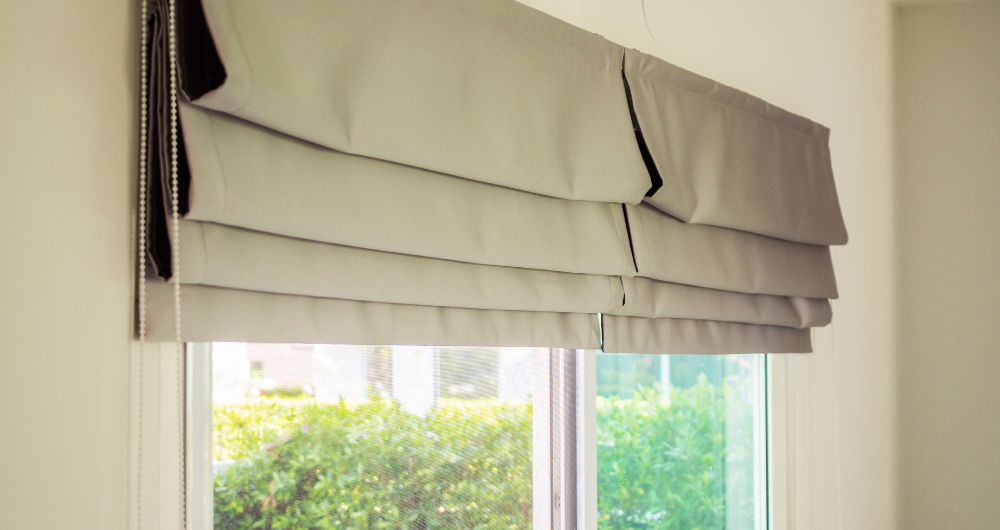
Fabric residential window shades are not just functional additions to your home; they also add an aesthetic appeal to your living space. However, regular cleaning and maintenance are essential to keep them looking their best and functioning optimally. With the right approach, you can ensure that your fabric window shades remain in top condition for years.
Cleaning Challenges of Fabric Residential Window Shades
How to Clean Fabric Residential Window Shades
How to Maintain Fabric Residential Window Shades
How to Store Fabric Residential Window Shades
Signs Your Residential Window Shades Need Replacement
How to Choose the Right Provider for Replacement or New Window Shades
FAQs
Conclusion
Key Takeaways
|
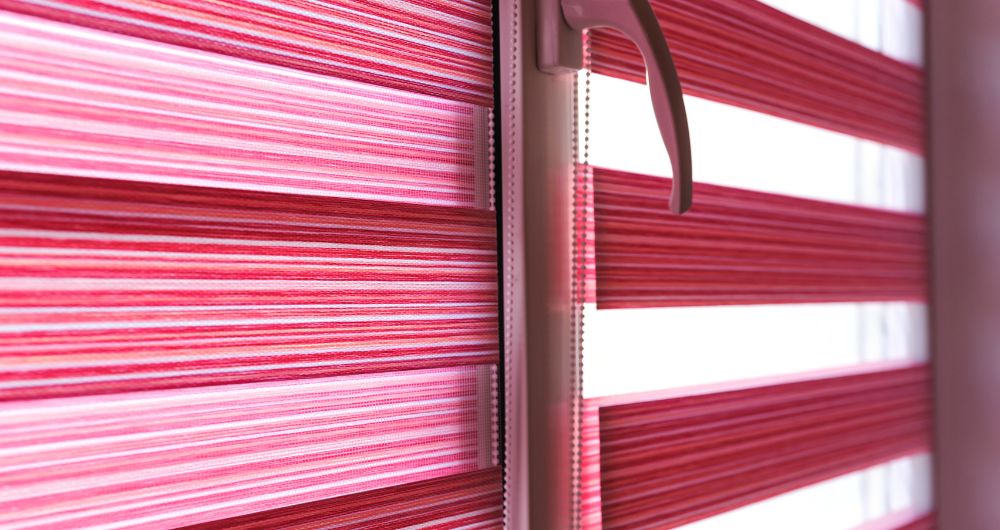
Fabric residential window shades bring warmth and style to any space, but their maintenance demands a delicate touch. Unlike hard window treatments, fabric shades are magnets for household dust, pet hair, and outdoor pollutants, making them susceptible to staining and discoloration over time.
Moreover, different fabrics—from sheer to blackout materials—require specific cleaning approaches to avoid damage. Understanding these challenges is the first step in ensuring the longevity of your window shades.
Here are some of them:
Due to their fabric construction, residential window shades tend to accumulate dust and debris. Dust particles settle on the surface and can embed themselves within the fabric weave, making thorough cleaning necessary.
The fabric nature of residential window shades makes them susceptible to staining and discoloration. Spills, pet accidents, and exposure to sunlight can all contribute to unsightly stains and color fading, detracting from the aesthetic appeal of the shades.
Homes with pets face the additional challenge of pet hair and dander adhering to fabric residential window shades. These allergens compromise indoor air quality and cling stubbornly to the fabric, requiring specialized cleaning methods to remove them effectively.
Unlike hard window treatments, fabric residential window shades demand gentle handling during cleaning to avoid stretching, tearing, or distortion of the fabric. Improper cleaning techniques can compromise the structural integrity and appearance of the shades.
Prolonged exposure to sunlight can accelerate the deterioration of fabric residential window shades. Ultraviolet light rays can fade bright colors, weaken fibers, and contribute to fabric degradation over time, requiring protective measures and regular maintenance to mitigate sun damage.
Cleaning your fabric residential window shades doesn’t have to be daunting. With the right approach, you can keep them looking fresh and new. Here’s how you can clean fabric residential window shades:
Before you start cleaning your residential window shades, make sure to:
For stubborn stains on your residential window shades:
For routine maintenance and general cleaning of your residential window shades:
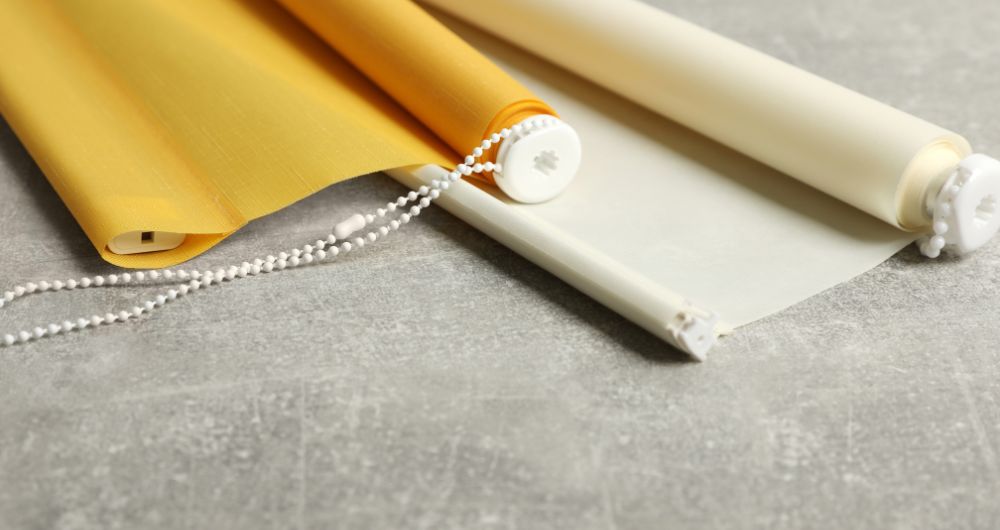
Maintaining your fabric residential window shades ensures they remain functional and beautiful for years. Here are some of the best practices you must remember:
Regular dusting and vacuuming are essential for maintaining fabric residential window shades. Use a soft brush attachment on your vacuum cleaner to gently remove dust and debris from the surface of the shades. Alternatively, you can use a soft, dry cloth to wipe down the fabric. Regular dusting and vacuuming prevent dirt and grime buildup, keeping your window shades clean and fresh.
Excessive moisture poses a significant threat to fabric residential window shades, potentially leading to warping, mold, or mildew. Avoid spraying water or cleaning solutions directly onto the fabric, which can saturate the material and lead to moisture-related issues. Instead, use a damp cloth or sponge to spot-clean stains.
Additionally, ensure that the area around your window shades is well-ventilated to prevent moisture buildup. By avoiding excessive moisture, you can prolong the lifespan of your window shades and maintain their integrity.
Regularly inspecting fabric residential window shades for damage is essential for identifying any issues early on and addressing them promptly. Check the fabric for signs of wear and tear, such as fraying, tearing, or discoloration. Inspect the hardware and components of the shades, including cords, pulleys, and brackets, for any signs of damage or malfunction.
If you notice any damage or issues during your inspection, take steps to repair or replace the affected parts as soon as possible. Regular inspections help ensure that your window shades remain in good condition and function properly.
While regular maintenance can help keep fabric residential window shades clean and functional, professional cleaning and maintenance are also beneficial. Consider scheduling professional cleaning services for your window shades annually or as needed to deep clean and remove any stubborn stains or buildup. Professional cleaners have the expertise and equipment to safely and effectively clean your window shades without causing damage.
Additionally, professional maintenance can help identify and address any issues with the shades’ mechanisms or hardware, ensuring they operate smoothly and efficiently. By investing in professional cleaning and maintenance, you can extend the lifespan of your window shades and keep them looking their best.
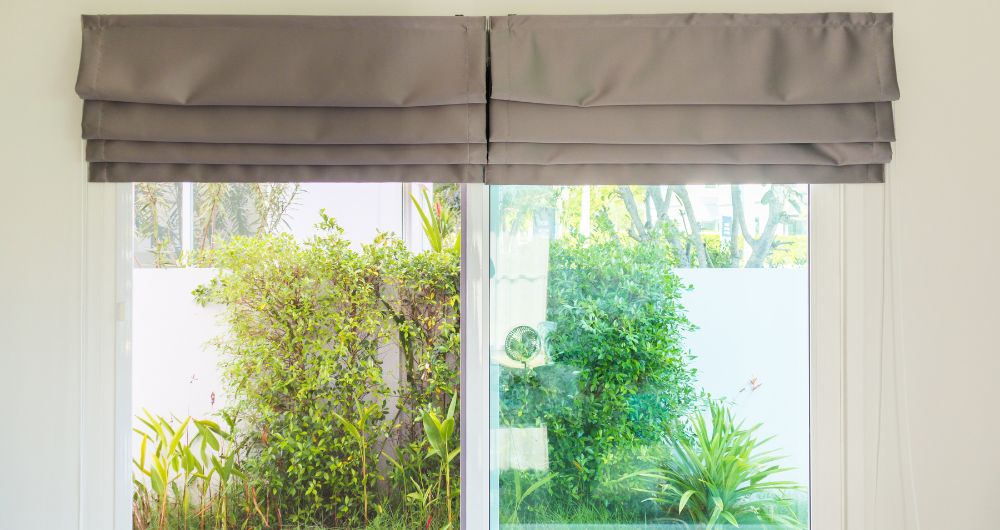
If you need to store your fabric residential window shades, perhaps during a home renovation or move, proper techniques, such as the following, are essential:
Before storing your fabric residential window shades, it’s essential to clean them thoroughly to remove any dust, dirt, or stains. Cleaning your window shades before storage helps prevent the buildup of dirt and grime, ensuring they remain in good condition while not in use.
When storing your fabric residential window shades, dismount any hardware or accessories attached to them. Remove curtain rods, brackets, tie-backs, or other hardware attached to the shades. It makes the shades easy to store and prevents any damage to the hardware or fabric during storage. Keep the hardware and accessories in a labeled container or bag to ensure they’re readily available when reinstalling the shades.
Depending on the type of fabric used for residential window shades, you may need to fold or roll them carefully for storage. If you have those with pleated shades, fold them neatly along the existing creases to prevent wrinkles or creases from forming. For roller shades or cellular shades, roll them up tightly, taking care to avoid bending or damaging the fabric. Avoid folding or rolling the shades too tightly, as this can cause permanent creases or damage to the fabric.
When storing your fabric residential window shades, it’s crucial to choose a clean, dry storage location to prevent damage from moisture, pests, or debris. Select a storage area that is away from direct sunlight, humidity, and temperature fluctuations, as these factors can affect the condition of the fabric over time. Consider using breathable storage bags or covers to protect the shades from dust and dirt while allowing air circulation to prevent mold or mildew growth.
To retrieve your fabric residential window shades when needed, label and organize them properly before storage. Clearly label each shade with its corresponding room or window location using tags or labels. Systematically store the shades to streamline the retrieval process. It ensures you can quickly locate and reinstall the shades when ready to use them again, minimizing hassle and frustration.
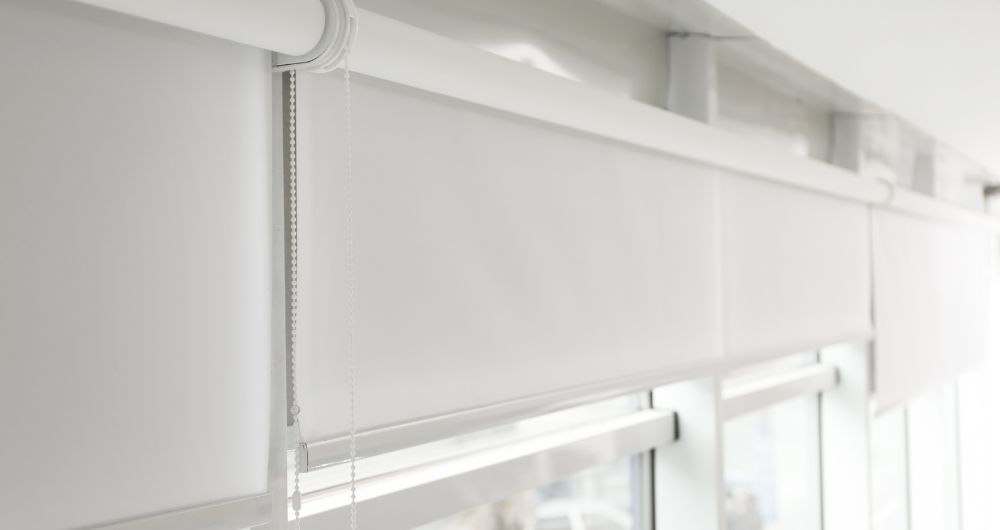
Despite your best efforts, fabric residential window shades in East Hampton, NY, will eventually break down. In some cases, more than cleaning and maintaining fabric is needed. Look out for the following signs that it’s best to replace your residential window shades:
One of the most common signs that your fabric residential window shades may need replacement is fading or discoloration. Over time, exposure to sunlight can cause the fabric to fade or change color, diminishing the aesthetic appeal of your shades. If you notice significant fading or discoloration, it may be time to consider replacing your window shades to refresh the appearance of your space and maintain a cohesive décor.
Another indication that your fabric residential window shades may need replacement is visible wear and tear. Look for signs of fraying, ripping, or unraveling fabric, especially along the edges or seams of the shades. Additionally, check for any warping, bending, or areas that may affect the shades’ functionality. If your window shades show signs of extensive wear and tear, replacing them with new ones can restore their appearance and functionality.
If you experience difficulty operating your fabric residential window shades, such as sticking, jamming, or uneven rolling, it may be a sign that they need replacement. Over time, wear and tear can affect the mechanisms and components of the shades. Ignoring these problems can result in further damage and frustration. Replacing your window shades with new ones ensures you can easily adjust and operate them for optimal light control and privacy.
Declining energy efficiency is another sign that your fabric residential window shades may need replacement. As window shades age, they may lose their ability to effectively block out sunlight and insulate your home, resulting in increased energy costs and reduced comfort. If you notice a significant increase in your energy bills or you’re having difficulty maintaining consistent indoor temperatures. It may be time to upgrade to new, more energy-efficient window shades that can help improve insulation and reduce energy consumption.
Lastly, if your fabric residential window shades no longer complement your interior décor or reflect your style, it may be time for a replacement. Over time, design trends evolve, and your tastes may change, making your current window shades look outdated or mismatched with your home’s aesthetic. Updating your window shades with modern styles, colors, or patterns can enhance your space’s overall look and create a more cohesive and visually appealing environment.
Bleach is generally not recommended for fabric window shades, as it can weaken the fibers and cause discoloration. Instead, opt for a mild detergent or a fabric cleaner specifically designed for the type of fabric your shades are made from. Always test any cleaning solution on a small, inconspicuous area before applying it to the entire shade.
The frequency of cleaning depends on several factors, including the location of the shades, exposure to dust, and household activities. A good rule of thumb is to dust or vacuum the shades monthly and perform a deeper cleaning once or twice a year. However, if your shades are in a high-traffic area or exposed to cooking vapors, pets, or smoking, you may need to clean them more frequently.
You can make an eco-friendly cleaning solution by mixing equal parts of white vinegar and water. This solution can help remove light stains and freshen the fabric without harsh chemicals. Remember to spot-test this solution on your fabric to ensure it doesn’t affect the color or integrity of the material.
Ironing fabric window shades is not generally recommended, as high heat can damage some fabric types or affect the adhesive used in certain shades. If wrinkles are a concern, hang the shades while they are slightly damp to allow the weight of the fabric to pull the wrinkles out. For persistent wrinkles, use a steamer on a low setting and keep the steamer moving to avoid concentrating heat in one area.
To minimize fading, consider applying a UV protectant spray specifically designed for fabric, which can help block some of the sun’s damaging rays. Additionally, installing window films that reject UV light can protect your shades and your home’s interior from sun damage. Regularly rotating the shades (if possible) and using window treatments with your shades, such as curtains, can also reduce exposure to direct sunlight.
Proper cleaning, maintenance, and storage of fabric residential window shades are crucial to preserving their beauty and functionality. Following the expert tips, you can ensure your window treatments remain a stunning addition to your home for years. Remember, when it’s time for a refresh or upgrade in East Hampton, NY, Window Treatments – East End Blinds offers a wide selection of quality shades and professional installation services.
Contact us and elevate your home’s interior with our exquisite collection today!

©2023- East End Blinds | All right reserved
Website by Mack Media